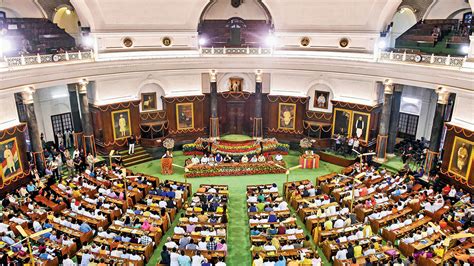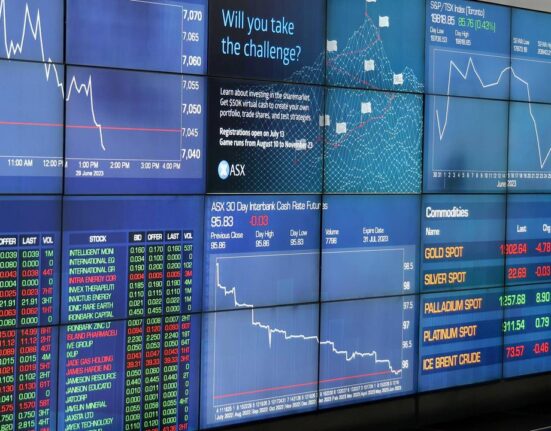The Australian political landscape is abuzz with the latest green energy initiative introduced by the Albanese government, set to transform the country’s aluminum production industry. Anthony Albanese, the Prime Minister, issued a stern warning that without this crucial funding, smelters across the nation would be forced to shut down, putting thousands of jobs in jeopardy.
Support for Green Aluminum Production
Albanese unveiled a groundbreaking plan to offer tax production credits to Australian smelters for every tonne of clean aluminum they produce over the next decade. The move aims to encourage power-intensive aluminum manufacturers to transition to renewable energy sources by 2036. This initiative has been hailed as a significant step towards a more sustainable and environmentally friendly future for Australia’s industrial sector.
As discussions around Labor’s ambitious push for clean energy gain momentum, opposition leader Peter Dutton raised concerns about the feasibility of such a transition, labeling it a ‘fantasy’. Meanwhile, key players in the mining industry expressed optimism about the potential impact of the $2 billion federal funding allocation on securing the long-term viability of smelting operations in Australia.
Industry Perspectives and Challenges
Rio Tinto, one of Australia’s leading mining companies, lauded the government’s financial support as essential for ensuring the continuity and competitiveness of local smelting facilities. Kellie Parker, Rio Tinto’s chief executive, emphasized that this investment signaled a strong commitment to manufacturing and job creation within the aluminum sector.
However, challenges lie ahead as transitioning to renewable energy poses complex logistical and infrastructural hurdles for energy-intensive industries like aluminium smelting. The need for substantial government support in upgrading transmission infrastructure from renewable sources has been underscored as vital for achieving greener operations within the stipulated timeframe.
Australia’s Position in Global Supply Chains
Amidst these developments, there is also a broader strategic consideration at play – positioning Australia not just as a raw material exporter but as a value-adding hub in global supply chains. Prime Minister Albanese stressed that enhancing local manufacturing capabilities was essential for bolstering national resilience and reducing dependence on external sources during times of crisis.
Looking ahead, stakeholders are optimistic about Australia’s potential to emerge as a frontrunner in green metals manufacturing through targeted investments and strategic policy interventions. However, differing viewpoints within political circles underscore ongoing debates surrounding energy transitions and their implications on industrial landscapes.
In conclusion…
The trajectory of Australia’s aluminum industry hangs in delicate balance amidst competing visions for its future. While advocates champion sustainability-driven policies as catalysts for growth and innovation, skeptics raise valid concerns about operational realities and economic viability. As discussions evolve and decisions are made, one thing remains clear – navigating this transformation will require collaboration, innovation,and foresight from all stakeholders involved.









Leave feedback about this